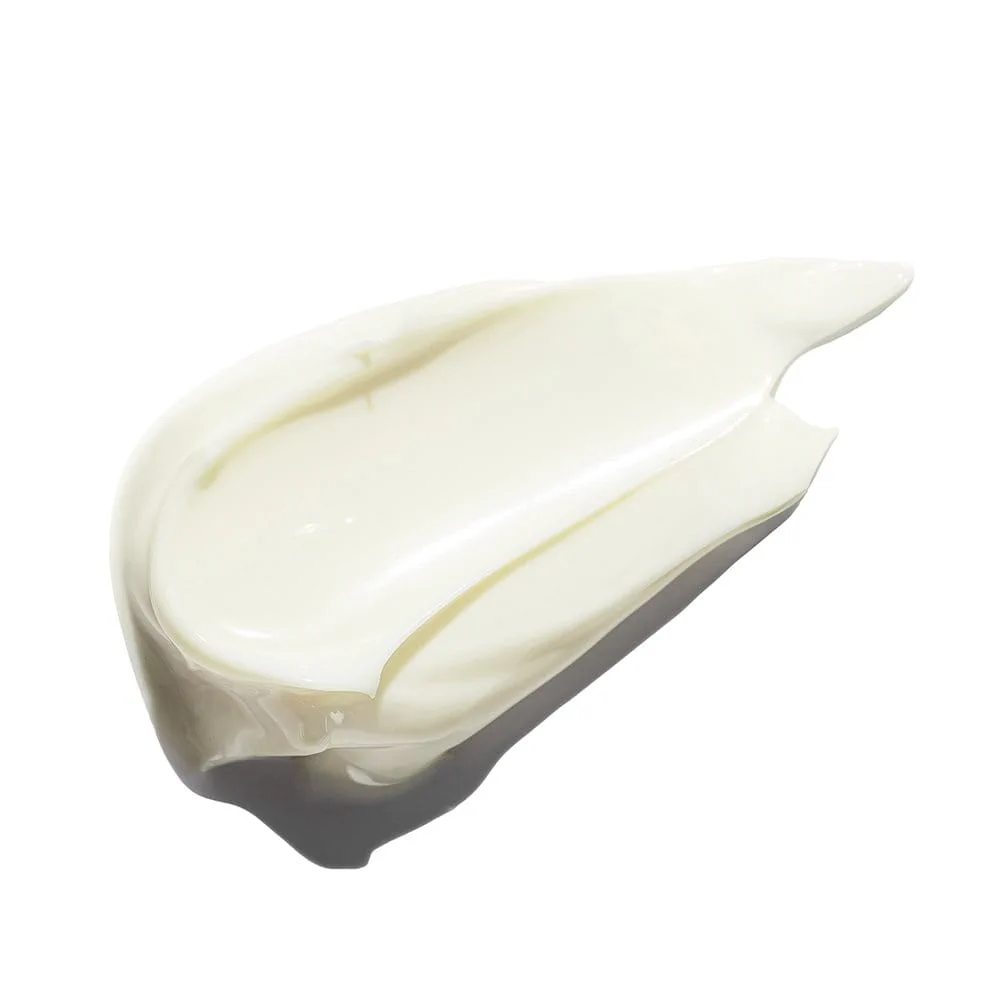We take responsibility. For your skin. And our planet.

Licochalcone A, UVA/UVB Filter, Hyaluronic acid
Learn MoreWe take responsibility. For your skin. And our planet.
About
Read more about our product
How to Use
Step-by-step guide for {product name}
Choose a product that offers the right level of protection for your skin. It should protect against UVA and UVB rays and offer HEVIS light defense. It should also be tailored to your skin type and condition.
Some parts are easy to miss. Don’t forget the bridge of your nose and your neck.
Main findings
Ingredients
We choose all our ingredients with great care and never compromise on quality. Learn more about the key ingredients of this product.
The ingredients in our brand products are updated regularly. For this reason, occasionally there may be discrepancies between the ingredients on our website and on our product packaging. We therefore recommend that you always pay attention to the information on our product packaging and check the ingredients listed there.
Licochalcone A is a powerful antioxidant, anti-inflammatory and skin-soothing ingredient. It is derived from the root of the Chinese Licorice plant (Glycyrrhiza Inflata) which uses natural compounds to protect its cells from excessive sunlight. When used in skincare products, Licochalcone A works to reduce inflammation and neutralises free radicals that negatively influence skin cells and accelerate the aging process. It helps to protect the deeper epidermal skin layers from sun-induced effects.
Hyaluronic Acid is formed by skin cells and is part of the connective tissue of the skin. One of its key functions is to retain moisture, and it has the ability to bind in between 1,000 and 10,000 times its own weight in water (i.e. one gram binds between one and ten liters). As we age, the skin's natural ability to produce Hyaluronic Acid depletes and wrinkles start to form and deepen.
What is photoaging?
Photoaging is the name given to premature skin aging caused by the sun. An estimated 90% of premature skin aging is thought to be caused by the sun’s rays.2
(2) Ramos-e-Silva et al., ‘Anti-aging cosmetics: Facts and controversies’. Clin Dermatol. 2013 Nov-Dec; 31(6): 750-8.
How do I know which SPF to use?
Sunscreens are available in four different levels of protection: low (factor 6 to 10), medium (15 to 25), high (30 to 50) and very high (50+). The higher the protection factor the better your skin is protected, but it’s important to apply the product thoroughly (be careful not to miss any bits) and to reapply it generously every two hours.
What is high-energy visible light and why does my skin need to be protected from it?
The sunlight spectrum consists of UV, visible and infrared light. Visible sunlight can be detected by the human eye, while the others remain invisible. Part of this visible spectrum has a high energy level and is known as high-energy visible light. It is also referred to as HEVIS light, HEV Light, HEVL and sometimes ‘blue light’ or ‘blue violet light’
Like UVA rays, HEVIS light penetrates the deeper layers of skin (the dermis) and can generate free radicals. These free radicals are one of the main causes of photoaging (premature skin aging caused by the sun). They interfere with skin cells and break down the collagen and elastin that gives our skin its plump, youthful appearance. HEVIS light has also been linked to uneven skin pigmentation and melasma.
Many modern sunscreens offer effective protection against UVA and UVB rays, but we recommend that you look out for products that also defend against the negative effects of HEVIS light. These products will give your skin reliable protection from photoaging and, in the long run, can also help to combat visible signs of skin aging such as wrinkles.
Why should I integrate sun face care into my daily routine?
Facial skin is more sensitive to UVA/UVB radiation and HEVIS light than skin on the rest of the body as it is exposed to sun all year round. Sun protection can help you avoid the cellular DNA damage caused by UV, photoaging (premature aging caused by the sun) and hyperpigmentation. It is important to protect facial skin whenever it is exposed to the sun.
What is the difference between Eucerin Sun Photoaging Control Tinted SPF 50+ Medium and Eucerin Sun Fluid Photoaging Control SPF50?
Both formulas offer Eucerin’s Advanced Spectral Technology which combines broadband and photostable UVA and UVB filters1 with Licochalcone A to neutralize the free radicals caused by UV and high-energy visible light. Both formulas also include Hyaluronic Acid which visibly reduces wrinkles.
The main differences between the two products are that:
One offers very high sun protection (SPF 50+) while the other offers high sun protection (SPF 50)
One contains color pigments (Instantly unifies complexion & provide additional defense against HEVIS induced signs of aging) and the other doesn’t.
(1) Meeting the high standards for UVA and UVB protection defined by Cosmetics Europe. The levels of UVA protection are higher than the EU recommendation.
Read related articles


